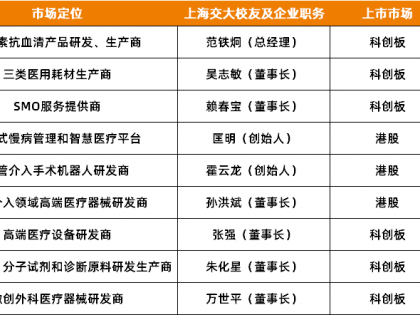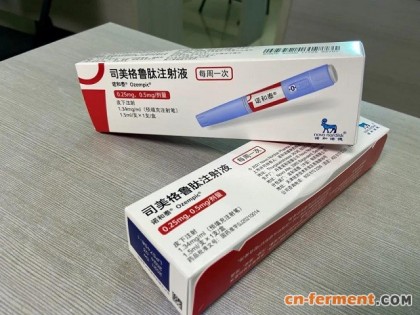他们利用伴有已知的抗性决定簇生物合成基因的系统发育来预测可能具有新生物活性的抗生素糖肽家族的不同成员。利用这些预测,他们发现了一种新的功能模式的糖肽抗生素新功能类中的两个成员,即已知的糖肽抗生素补全他汀和一种新发现的化合物,称为Corbomycin。他们表示通过结合肽聚糖、补全他汀和Corbomycin阻断自溶素的作用,自溶素是生长过程中细胞壁重塑所必需的肽聚糖水解酶。在皮肤MRSA感染的小鼠模型中,Corbomycin和Complestatin的抗药性水平较低,可有效减少细菌负荷。
据了解,要解决持续的抗生素危机,需要发现具有新颖作用机制的化合物,这些化合物能够治疗耐药性感染。许多抗生素均来自细菌产生的专门代谢产物,特别是放线菌家族的代谢产物。尽管放线菌提取物传统上是利用基于活性的平台进行筛选的,但由于已知化合物频繁重新发现,这种方法已不占优势。放线菌的基因组测序揭示了一个尚未开发的生物合成基因簇,但需要权衡预测哪些基因簇可能产生有前途的新化学物质。
附:英文原文
Title: Evolution-guided discovery of antibiotics that inhibit peptidoglycan remodelling
Author: Elizabeth J. Culp, Nicholas Waglechner, Wenliang Wang, Aline A. Fiebig-Comyn, Yen-Pang Hsu, Kalinka Koteva, David Sychantha, Brian K. Coombes, Michael S. Van Nieuwenhze, Yves V. Brun, Gerard D. Wright
Issue&Volume: 2020-02-12
Abstract: Addressing the ongoing antibiotic crisis requires the discovery of compounds with novel mechanisms of action that are capable of treating drug-resistant infections1. Many antibiotics are sourced from specialized metabolites produced by bacteria, particularly those of the Actinomycetes family2. Although actinomycete extracts have traditionally been screened using activity-based platforms, this approach has become unfavourable owing to the frequent rediscovery of known compounds. Genome sequencing of actinomycetes reveals an untapped reservoir of biosynthetic gene clusters, but prioritization is required to predict which gene clusters may yield promising new chemical matter2. Here we make use of the phylogeny of biosynthetic genes along with the lack of known resistance determinants to predict divergent members of the glycopeptide family of antibiotics that are likely to possess new biological activities. Using these predictions, we uncovered two members of a new functional class of glycopeptide antibiotics—the known glycopeptide antibiotic complestatin and a newly discovered compound we call corbomycin—that have a novel mode of action. We show that by binding to peptidoglycan, complestatin and corbomycin block the action of autolysins—essential peptidoglycan hydrolases that are required for remodelling of the cell wall during growth. Corbomycin and complestatin have low levels of resistance development and are effective in reducing bacterial burden in a mouse model of skin MRSA infection.
DOI: 10.1038/s41586-020-1990-9
Source: https://www.nature.com/articles/s41586-020-1990-9
Nature:《自然》,创刊于1869年。隶属于施普林格·自然出版集团,最新IF:43.07
官方网址:http://www.nature.com/
投稿链接:http://www.nature.com/authors/submit_manuscript.html






